Harvard
Latest

Harvard researchers make better, smarter walking aids
Humans don't all look, talk, or walk the same, with us shifting our weight and style in order to save much energy as possible. This adaptability is a problem for researchers who want to build assistive devices for folks with mobility issues, however. It's what has prompted a team out of Harvard to craft an algorithm that can determine the wearer's individual needs after just twenty minutes of analysis.
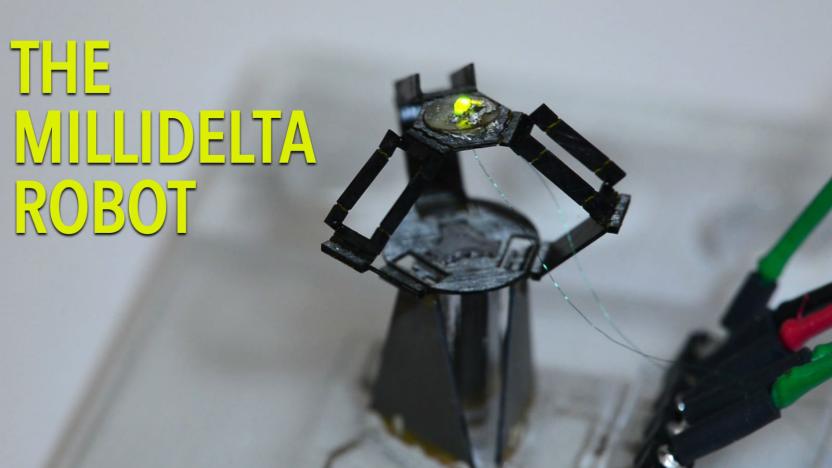
MilliDelta robot surgeon is the size of a one cent coin
Another tiny robot is gearing up to join the ranks of microsurgeons, but this one is small enough to fit in your coin purse. Inspired by pop-up books and origami, the milliDelta bot measures mere millimetres when unfolded (roughly the size of a one cent coin). But, even at that scale, the miniature helper packs flexible joints and bending, piezoelectric actuators that allow it to work with force, precision, and high speed.
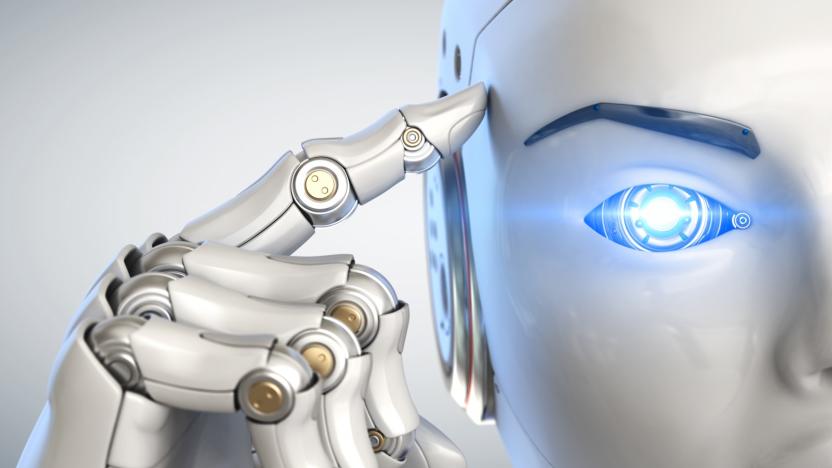
Modern copyright law can't keep pace with thinking machines
This past April, engineer Alex Reben developed and posted to YouTube, "Deeply Artificial Trees", an art piece powered by machine learning, that leveraged old Joy of Painting videos. It generate gibberish audio in the speaking style and tone of Bob Ross, the show's host. Bob Ross' estate was not amused, subsequently issuing a DMCA takedown request and having the video knocked offline until very recently. Much like Naruto, the famous selfie-snapping black crested macaque, the Trees debacle raises a number of questions of how the Copyright Act of 1976 and DMCA's Fair Use doctrine should be applied to a rapidly evolving technological culture, especially as AI and machine learning techniques approach ubiquity.

Corkscrew light beams could lead to practical quantum computers
Who said light only had to travel in boring waves or particles? Not Harvard. Its researchers have found a way to spin light into complex states that promise breakthroughs in multiple fields. They've built metasurfaces whose elaborate optics combine two kinds of light momentum (orbital angular and spin angular) to send light into corkscrews, spirals or even fork-like shapes. If you want to change the light state, you just need to change the polarization of that light.
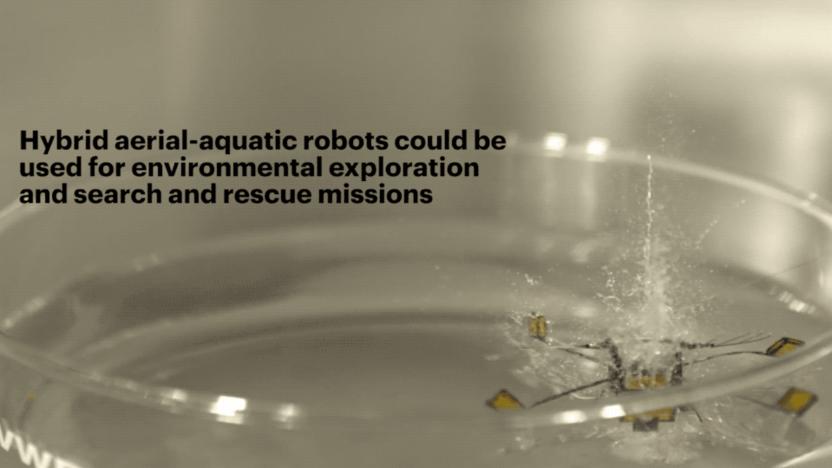
Harvard's new RoboBee can fly in and out of water
Apparently, we haven't seen RoboBee's final form yet. Harvard researchers introduced the robot back in 2013 and developed a version that uses static to stick to walls in 2016. Now, the scientists have created an upgraded robotic bee that can fly, dive into water and hop right back up into the air. That's a lot tougher than it sounds, since the tiny machine is only two centimeters tall and is about one-fifteenth the weight of a penny. For such a small robot, swimming in water is like swimming in molasses and breaking through the water's surface is akin to breaking through a brick wall.
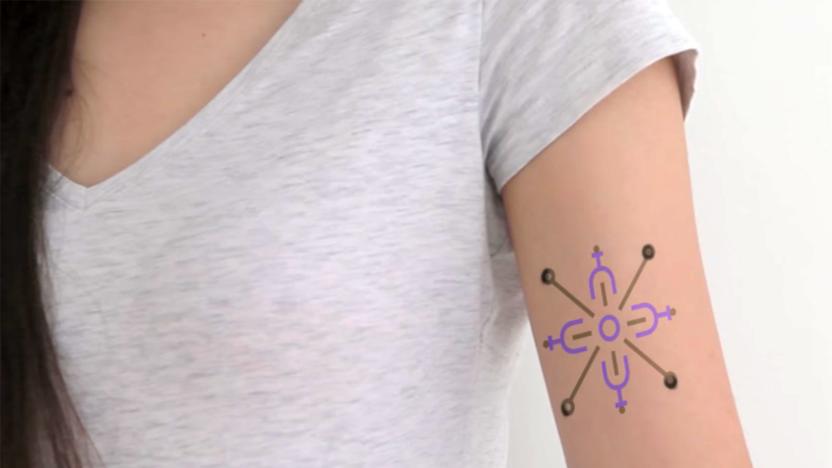
Smart tattoos turn your skin into a health tracker
There's a common problem with health-tracking devices like smartwatches: they're not really attached to you, which leaves you relying on a short-lived battery and a wireless connection. Even a self-powered patch has its limits. That's where Harvard and MIT think they can help: they've developed smart tattoos that effectively place health sensors in your skin, no power or wireless link required. The ink in the tattoos reacts to the chemical composition of your interstitial fluid, which reflects the state of your blood. A green ink grows more intense to let athletes know when they're dehydrated, while another green ink turns brown to warn diabetics when their glucose levels go up.
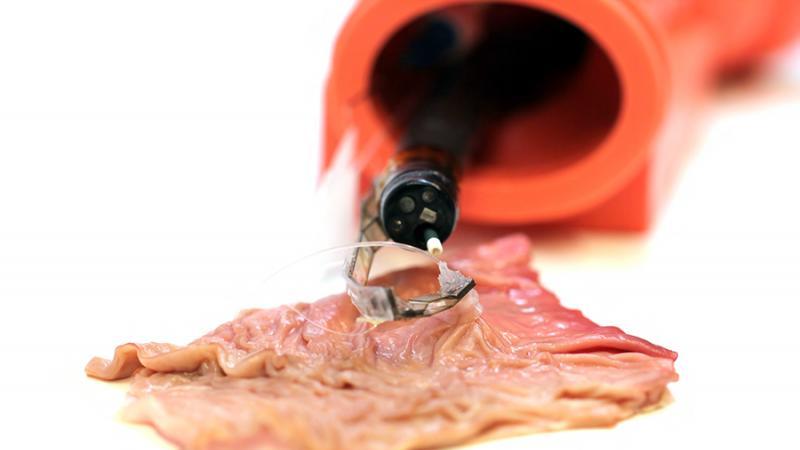
Harvard's tiny robotic arm can make endoscopic surgery safer
Minimally invasive surgery is already amazing as it is, but a team of Harvard scientists have created a device that expands its possible applications even further. They designed a tiny robotic arm that lays flat while the endoscope is moving through narrow passages and pops up to reveal tools surgeons can use for the procedure. Unlike the typical surgical tools doctors use today, which are completely rigid, the team's creation has a hybrid design featuring a rigid skeleton surrounded by soft materials. Even better, it has sensing capabilities that can give the surgeon a sense of where the arm is, what it's touching and how it's moving.
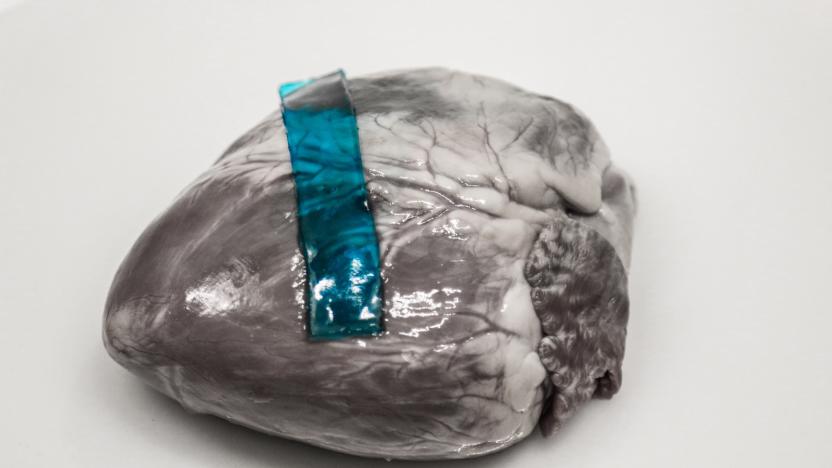
Researchers make biomedical adhesive inspired by slug slime
Being able to repair internal tissue with adhesives would be incredibly useful in the medical world. As of now, those kinds of repairs are limited to sutures and staples, which are far from ideal and while external wounds can be closed with certain glues, they don't work for internal surfaces. First, the insides of our bodies are really wet -- not great for glues. And many of the strongest adhesives we have are either toxic to cells or too stiff to work on squishy, moving organs. But researchers have created a new class of adhesives that get around all of these problems, and they were inspired by slug slime.

Facebook pledges funding to non-profit election security group
Just last week, Harvard Kennedy School's Belfer Center launched Defending Digital Democracy, an across-the-aisles bipartisan effort to find ways to protect against election hacking. The group includes campaign managers from Hillary Clinton and Mitt Romney's presidential campaigns as well Google and Facebook security staffers. A new report on Reuters says that Facebook will also provide an initial funding of $500,000 to the nonprofit.

Clinton, Romney campaign managers unite to fight election hacking
The threat of hacks disrupting US elections is very real, and enough people are concerned that it's creating some strange bedfellows. Harvard Kennedy School's Belfer Center has launched Defending Digital Democracy, a bipartisan effort to offer technology, strategies and other tools that can protect against election-oriented cyberattacks. And when they say it's an across-the-aisle effort, they mean it. Campaign managers for former presidential candidates Hillary Clinton and Mitt Romney will help lead the group, as will Facebook's security chief, Google's info security director and the co-founder of security firm CrowdStrike. The head of the group is Eric Rosenbach, who was Chief of Staff to recent Defense Secretary Ash Carter.

Robotic shorts can shave minutes off a marathon time
In marathons, milliseconds matter. A split-second can be the difference between victory and defeat; between setting a record and coming in second. So, it's a big deal when a team of Harvard engineers reveal a pair of shorts that reduce an average marathon time from 9:14 minutes/mile to 8:49 minutes/mile.

Silicon-laced diamonds could lead to practical quantum computers
Scientists already believe that diamonds could be a solid foundation for practical quantum computers. You can use atom-scale defects in diamond to store quantum bits that hold contradictory data (say, both on and off) in a way that lets you read the data without the risk of changing it. But there's a problem. The most common defect, where nitrogen atoms replace carbon atoms, emits such a broad range of light that it's too inaccurate to be useful. However, a team of researchers may have a way to keep those inaccuracies to a minimum: slip in some silicon, which emits a much narrower range of light.

Lab-grown stem cells may carry an increased risk of cancer
If you've followed the latest medical research, you know that stem cells are a big deal. They let you repurpose cells so that you can theoretically grow them into whatever you need. However, scientists just got a good reason to be more cautious than they have in the past. A Harvard team has discovered that five of the 140 human embryonic stem cell lines registered for research use in US labs have cells whose mutations can cause cancer. Two of the lines have been used in human trials, too. None of those patients has developed cancer, thankfully, but there's a "very real risk" it could happen.
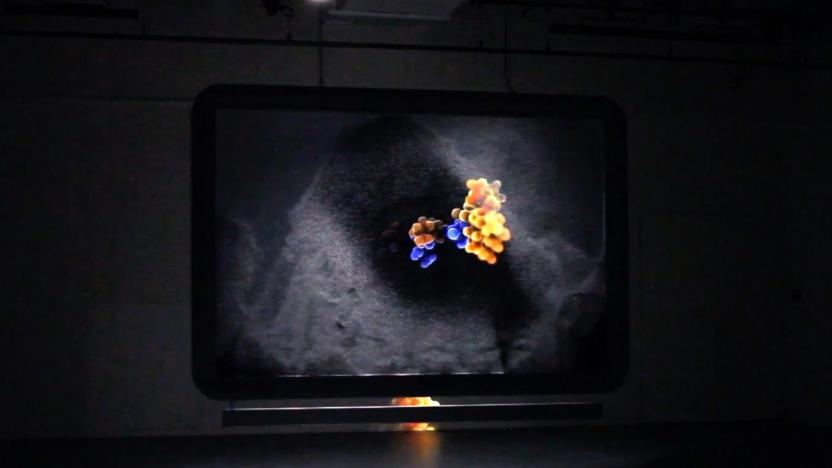
Bead screen depicts atomic life in glorious low resolution
In an era where virtually flawless 8K screens are a reality, it's easy to forget that low-resolution displays have their own appeal -- a flickering tube TV can exhibit more character than most modern sets. And a team of artists and scientists (at France's Millimètre and Harvard University) are taking full advantage of that emotional pull. Their Life in Picoseconds exhibit uses an "Atom Screen" made of thousands of beads to depict a protein molecule in a purposefully low resolution. The project uses 70 software-guided fans to suspend beads between plastic panels, turning them into pixels when you shine light on them. The effect is fuzzy, jittery and tenuous, as if the energy and fragility of the atoms is reflected in the display itself.
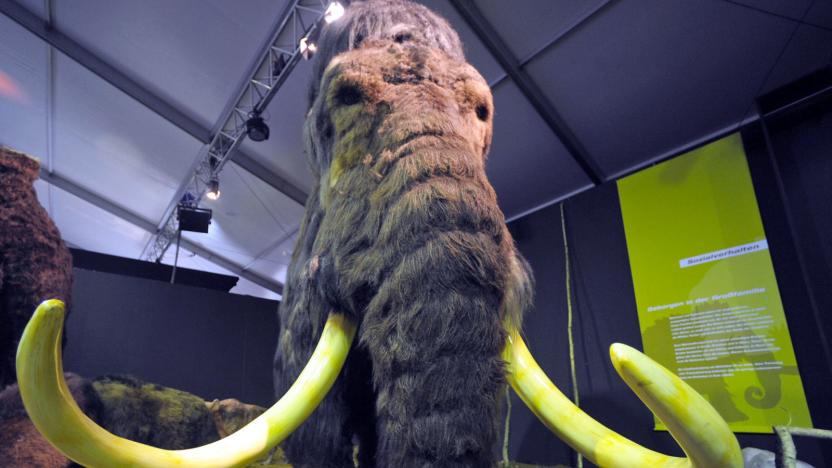
Humanity is on the cusp of de-extincting the Wooly Mammoth
After successfully extracting sequenceable DNA from a pair of Woolly Mammoth carcasses pulled from Siberia's permafrost in 2014, a team of Harvard researchers announced on Thursday that they are tantalizing close to cloning the (currently) extinct pachyderms.

Liquid battery could last for over 10 years
Modern batteries aren't hampered so much by their capacity as their long-term lifespan -- a lithium-ion pack can easily become useless after a few years of heavy use. That's bad enough for your phone, but it's worse for energy storage systems that may have to stick around for the long haul. If Harvard researchers have their way, you may not have to worry about replacing power backs quite so often. They've developed a flow battery (that is, a battery that stores energy in liquid solutions) which should last for over a decade. The trick was to modify the molecules in the electrolytes, ferrocene and viologen, so that they're stable, water-soluble and resistant to degradation. When they're dissolved in neutral water, the resulting solution only loses 1 percent of its capacity every 1,000 cycles. It could be several years before you even notice a slight dropoff in performance.
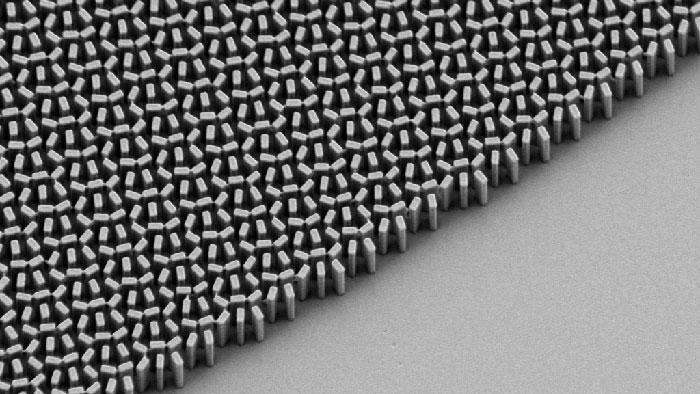
Lenses made from nanomaterials get closer to replacing glass
Researchers recently showed off breakthrough nanomaterial "metalenses" that could replace bulky glass optics. There was one problem, though -- it only worked on a single color at a time, meaning your smartphone could only do arty, monochromatic photos. However, the same team at Harvard's School of Engineering and Applied Sciences (SEAS), has unveiled a new material that works on a spectrum of colors from blue to green, opening up potential applications in specotroscopy, sensing and imaging.
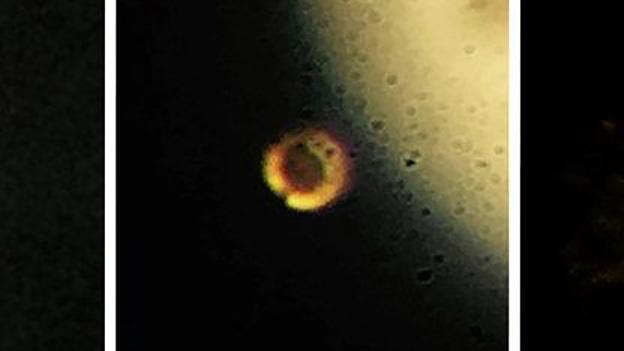
First hydrogen metal created on Earth draws critical doubt
Scientists from Harvard University say they've ended an 80-year quest by compressing hydrogen into a potentially superconducting metal. Using a diamond-tipped anvil, the team squeezed a hydrogen gas sample to 71 million PSI, more than the pressure at the Earth's core. "It's the first-ever sample of metallic hydrogen on Earth, so ... you're looking at something that's never existed before," says research lead Isaac Silvera. However, other scientists have reservations, saying it's possible the solid material they created (pictured above) is actually aluminum oxide that came from the anvil's diamond tips.

ICYMI: A soft robot sleeve to keep your heart going
try{document.getElementById("aol-cms-player-1").style.display="none";}catch(e){}Today on In Case You Missed It: A soft robotic device made by Harvard and Boston Children's Hospital researchers has been tested on pigs and so far, seems quite promising in treating heart disease. The robotic heart wraps around parts of existing tissue and helps squeeze, keeping the blood moving. But unlike other existing devices that are inserted into the heart, this just goes over the top. Its makers believe that will lead to better outcomes for patients that use it, since cycling blood through a medical device can lead to all kinds of complications, from infection to blood clots. No word yet on when they'll begin tests in humans.
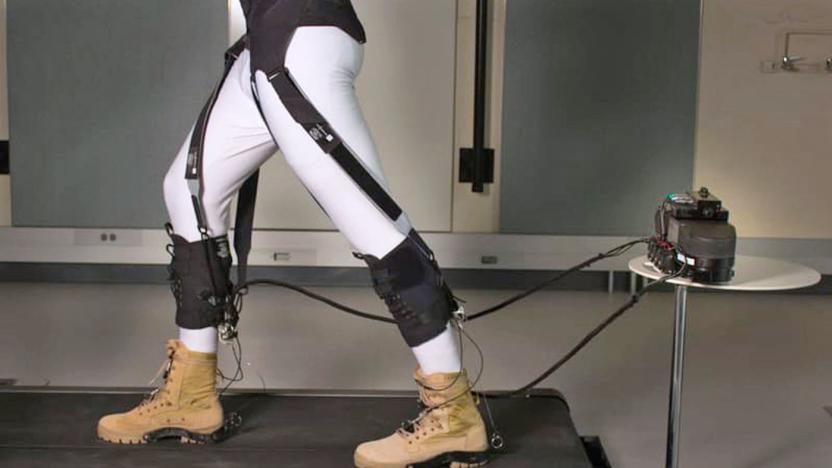
Harvard's soft exosuit makes walking 23 percent easier
Harvard Wyss Institute researchers have been working on a soft exosuit with DARPA's financial help for years. While they were able to present a proof of concept in 2016, it's only now that they've found out just how much the suit can actually help its wearer. According to a new study published in Science Robotics, Harvard's exosuit reduces the energy a user needs to exert while walking by 23 percent. It does that by providing assistive force to the ankle at the perfect moment when you take another step.









